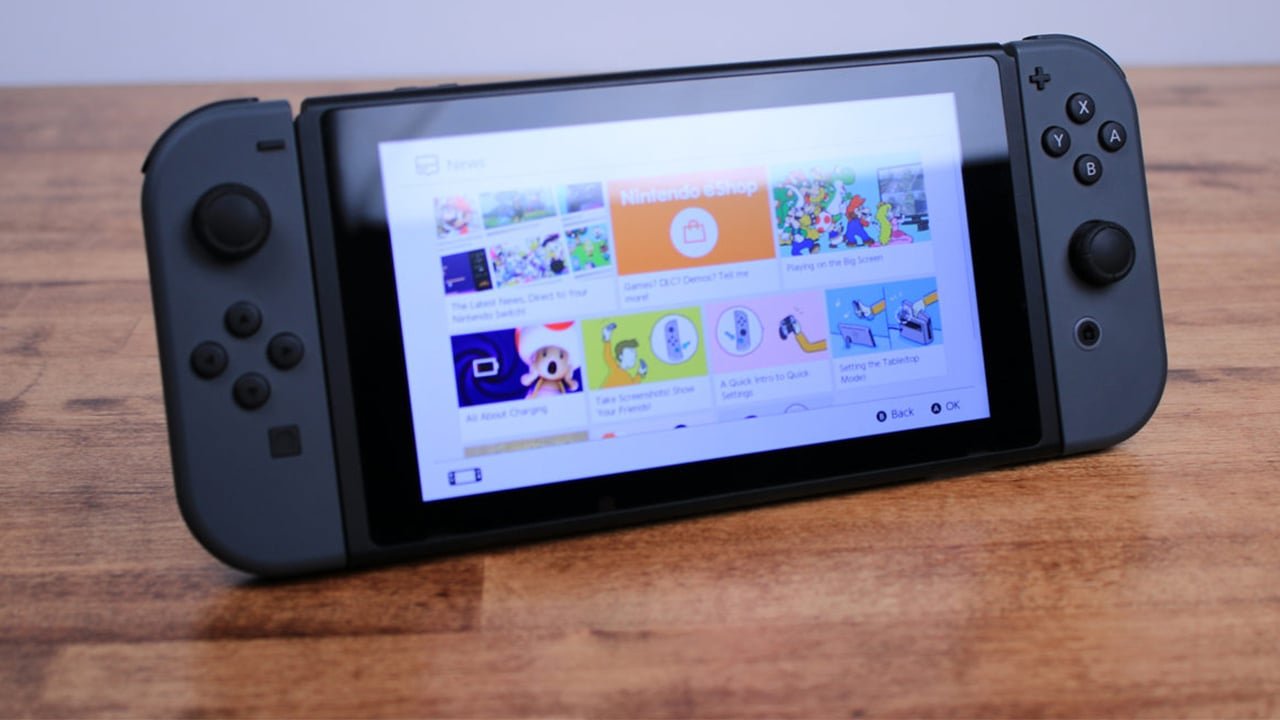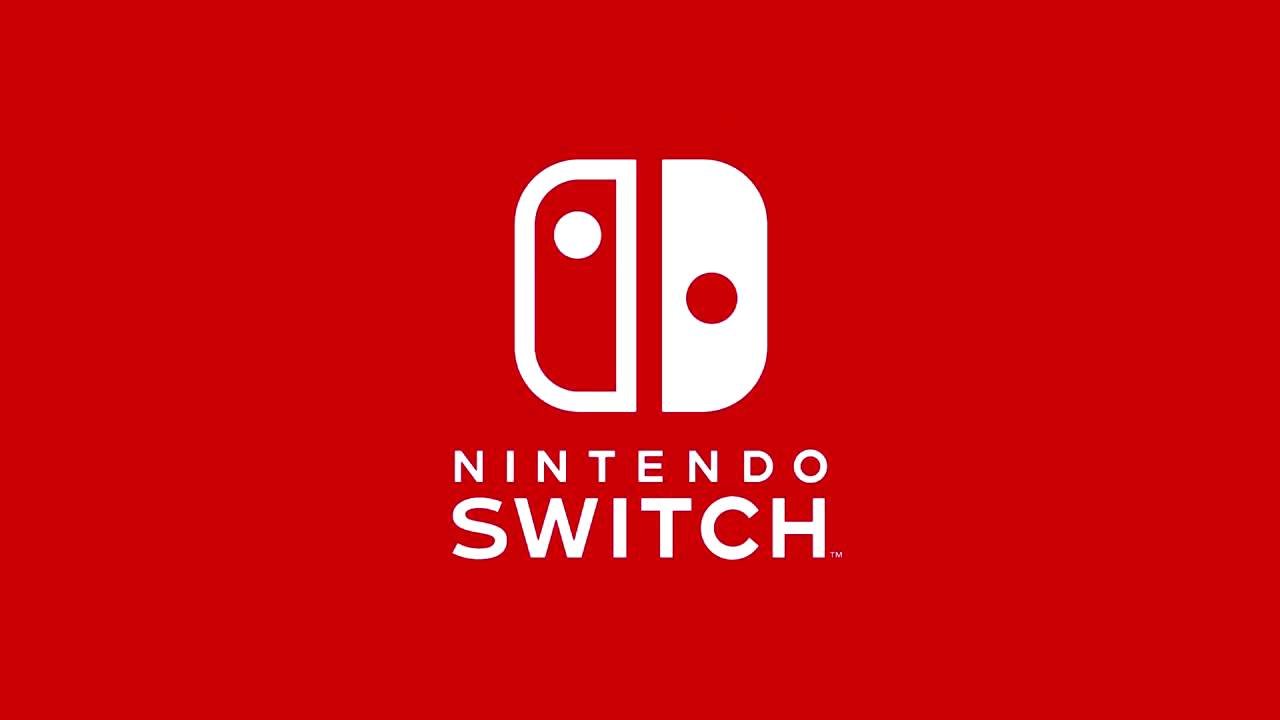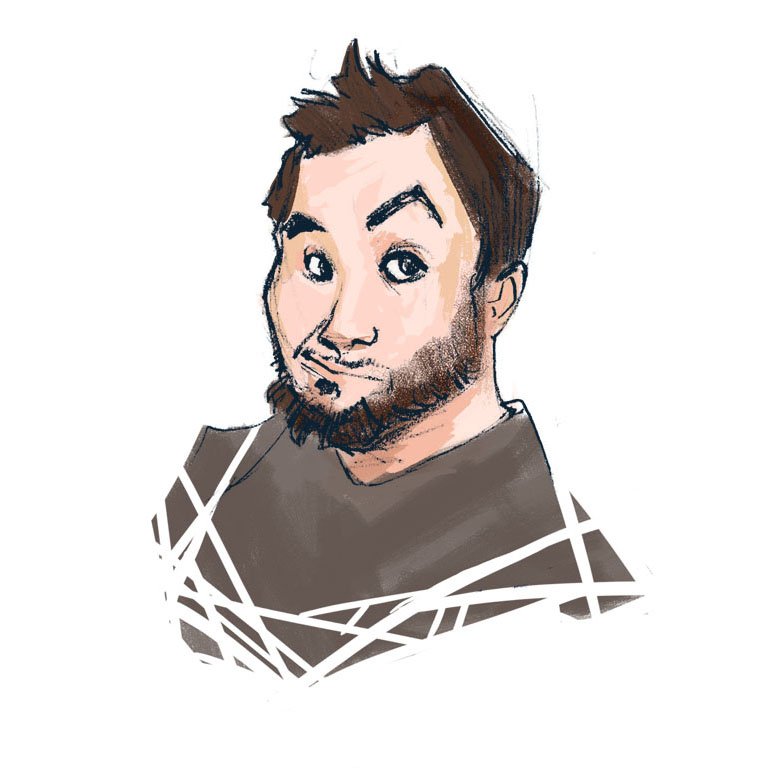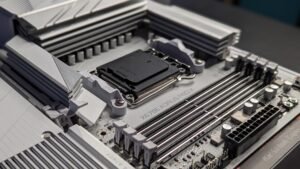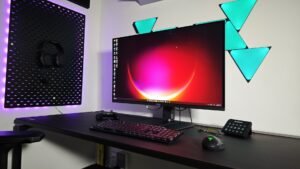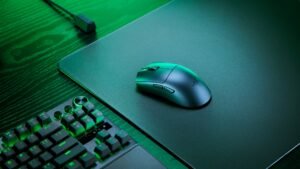Despite a lineage stretching back 127 years dabbling in every industry imaginable, Nintendo is now synonymous with video games and fun.They are to video games as Kleenex is to tissue paper. Though, for a brief period of time this console generation, it felt like they were being eclipsed by Sony with the less than stellar reception of the Wii U compared to the insane popularity of the PlayStation 4 worldwide. Nintendo needed a Hail Mary pass to return to the top, and they responded with their mobile/home console hybrid, the Nintendo Switch. While it is surely lacking in terms of power compared to its living room competition, the Nintendo Switch makes up for this with pure functionality and a little dash of innovation. This makes it the most interesting home console to date.
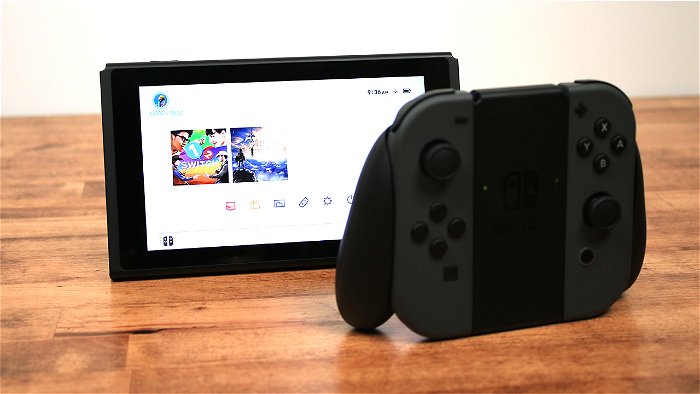
The Nintendo Switch is not a powerhouse in terms of output. It’s more comparable to a beastly tablet than a home console in this regard, but games look and run relatively fine nevertheless. Some may be surprised to know the Switch console is the 6.2-inch capacitive touch-screen tablet itself, which is actually very simplistic in its design. The tablet is a simple black, though it’s a little thicker than what you’d find elsewhere on the market. Vents line the top along with the power button, volume controls (for out of dock mode), and the cartridge slot. I noticed at first that the cover for the cartridge slot didn’t have much give, but after a few uses, it did loosen up a little. Weirdly enough, the Nintendo Switch doesn’t seem to support Bluetooth headphone capabilities. There is only a headphone jack.
“Underneath the hood, the Nintendo Switch rocks a custom Nvidia Tegra CPU, and an Nvidia GPU.”
Underneath the hood, the Nintendo Switch rocks a custom Nvidia Tegra CPU, and an Nvidia GPU. It’s also capable of 1080p or 720p resolution. The main technical weakness of the system is that it only comes with 32 gigs of storage out of box, though there is a Micro SDX card slot that can be used to alleviate that lack of storage. Battery life could be a slight issue depending on the games the system is running. Nintendo has touted a battery expectancy of anywhere between 2.5 to 6 hours. The Legend of Zelda: Breath of the Wild drained the battery closer to the 2.5-hour mark, but the system can recharge to 50 per cent in the span of half an hour. This makes up for the lack of battery life by allowing players to recharge in no time anywhere they go, but it can get annoying when users want to game in mobile mode for long stretches of time.
At home, players can place the Nintendo Switch in its docking station that allows for TV, for the same effect. While docked, the Nintendo Switch is very simple in its design, and only really has ports for HDMI, power, and a few USBs. It’s oddly simplistic, with a rather unobtrusive design with a matte black finish. Games run well on the Nintendo Switch, surpassing any expectations I had in that department, though it’s not capable of the same visual standard set by its competition in the home market. Though, Nintendo might not be targeting the Xbox One or PlayStation 4 this generation. Instead, Nintendo seems to be taking on Apple, the bane of their mobile existence, and really, the only company to challenge them on the handheld market. In that regard, the Nintendo Switch takes on Apple’s newest iPad with ease, and while it’s not as versatile, it is a more focused machine designed with gaming in mind.

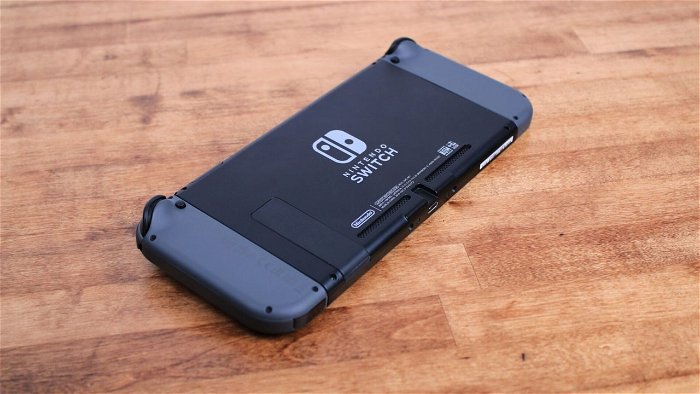
The Nintendo Switch more than makes up for any lack of power, however, through pure functionality. There is an extremely streamlined user interface that is similar to what you’d see on the 3DS. There are slots for each game, a news section, eShot, and other things like that. It’s very efficient and simple to use, with no chance of anyone getting lost in the UI. By now, anyone interested in the Switch knows about the three ways to play: TV Mode, which is a more traditional setup, while Tabletop mode allows the Switch to work as a monitor as well as gaming system. It’s held up by a kickstand at the back, which works well even though it looks a little flimsy. The last way to play is Handheld Mode, which is more akin to traditional handheld gaming, with their new Joy-Con controllers on either side of the tablet.
The Joy-Con are Nintendo’s Swiss Army Knife. With a built-in gyroscope and Accelerometer, it seems like Nintendo is building off the Wii generation with the inclusion of motion controls. However, these are one to one, more like the controller offerings from the HTC Vive, or even Sony’s Wands. But the Joy-Con do so much more. To start, there is a camera located on the bottom of the Joy-Con, which can identify objects. I’m not entirely sure what that can be used for outside of some mini-game compilations, but it could make for an interesting experience if Nintendo adopts more AR or VR technology in the future. There is even a Snap Shot button on the left Joy-Con to take quick photos of any moment. The really interesting addition to these is HD Rumble. It’s like a weighted rumble feature that allows players to feel more immersed in any game by actually adding more feeling to a rumble feature. This addition could be a big step in gaming, much like the original inclusion of rumble was back when Nintendo introduced that technology on the N64 with the Rumble Pack. I doubt it will be as widely accepted as traditional rumble is now, but it adds so much more to the table.
The Joy-Con can be used in a bunch of different styles as well. They can be turned sideways for a more “classic gaming” experience; though the exclusion of the D-Pad really takes away from that feeling. They can be held in either hand in any position the player would like, which takes a bit of retraining, but I found myself gaming with my arms crossed or even behind my head more often than not when using that feature. When using this mode however, it is recommended players use the Joy-Con strap so the controller doesn’t fly out of the users’ hands and break any light fixtures or TVs, but they are a chore to put on and take off when the player is ready to switch to handheld mode. They work by sliding along the sides of the Joy-Con, normally where the controllers attach to the Switch unit. But for whatever reason, it feels like the user has to fight with the Joy-Con to get it off. I felt like I was about to break my controller multiple times just trying to change play styles. There is also the Joy-Con Grip, which is more of a traditional controller that allows Nintendo’s new toys to slide in and play, but this highlights the biggest issue with the Joy-Con themselves—they’re really small. This can make for an extremely cramped gameplay experience. I’d recommend picking up the Gamepad Pro along with the Switch Unit as it’s more of a traditional controller, even possibly Nintendo’s most comfortable offering yet in that regard. But with a $399.99 (CAD) price point on the system itself with no games included, it is painful to suggest adding another lump of cost on top of that.
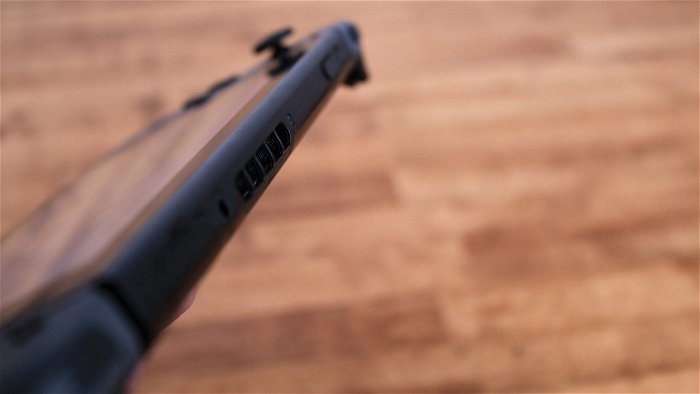
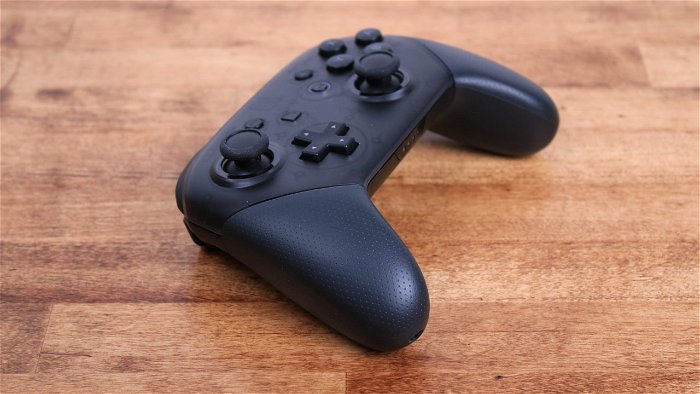
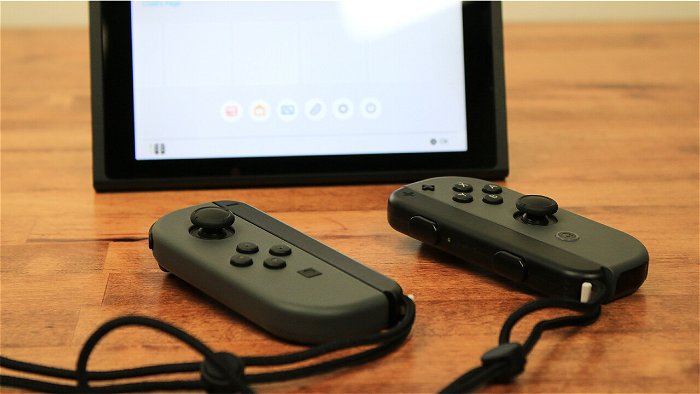
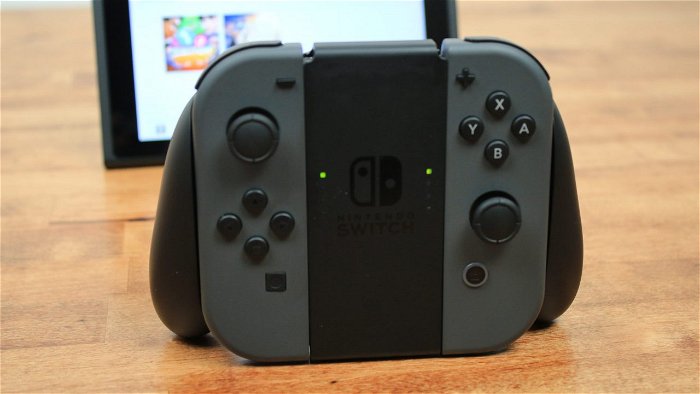
But aside from those minor grievances, Nintendo is onto something with the Switch. I can’t remember being this impressed with a console, even with its technical limitations. Its launch lineup is impressive with The Legend of Zelda: Breath of the Wild headlining along with smaller titles like Bomber-Man R, and then Super Mario Odyssey around the holiday season. There are 50 developers working on 80 games right now, so there will be enough to play to keep users interested, but it’s up to Nintendo and third-party developers to really make this a worthwhile experience.
As of now though, the sky is the limit for the Nintendo Switch. Despite its relative lack of power, its functionality and multiple ways to play make the Nintendo Switch the real deal. I just wish the initial fee to get started wasn’t so expensive. Still, as a piece of hardware, Nintendo fans should rejoice that the house of Mario is finally taking their home console seriously again.
